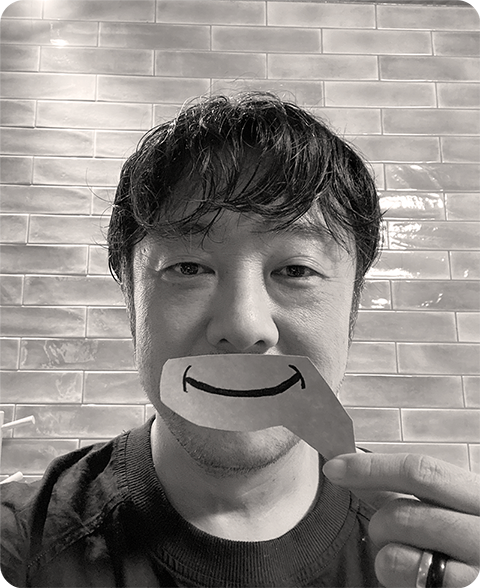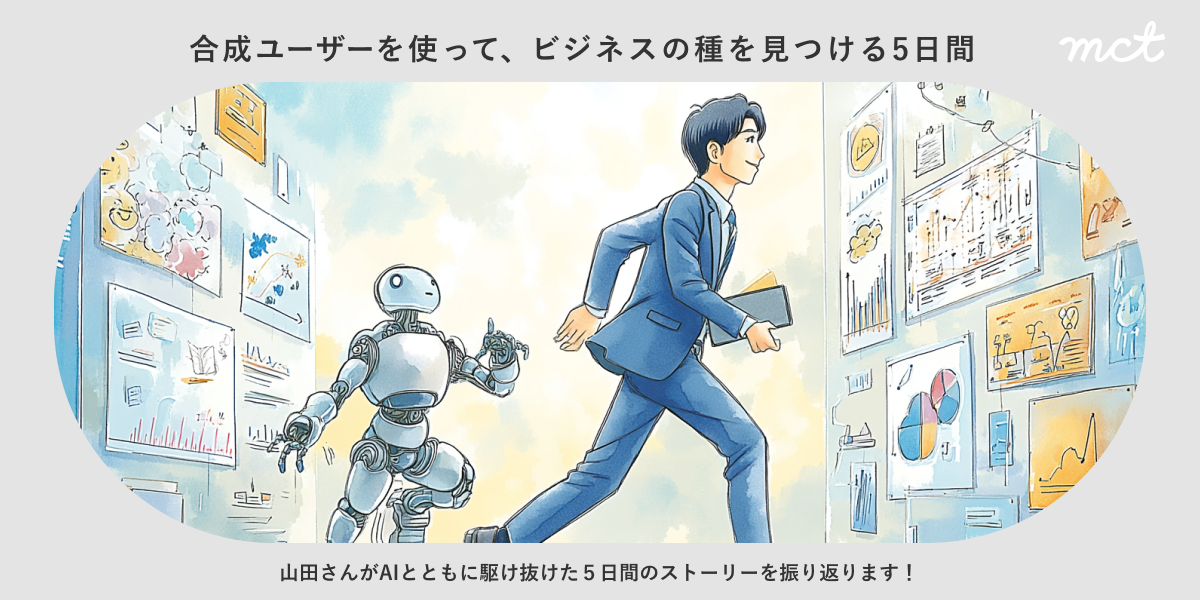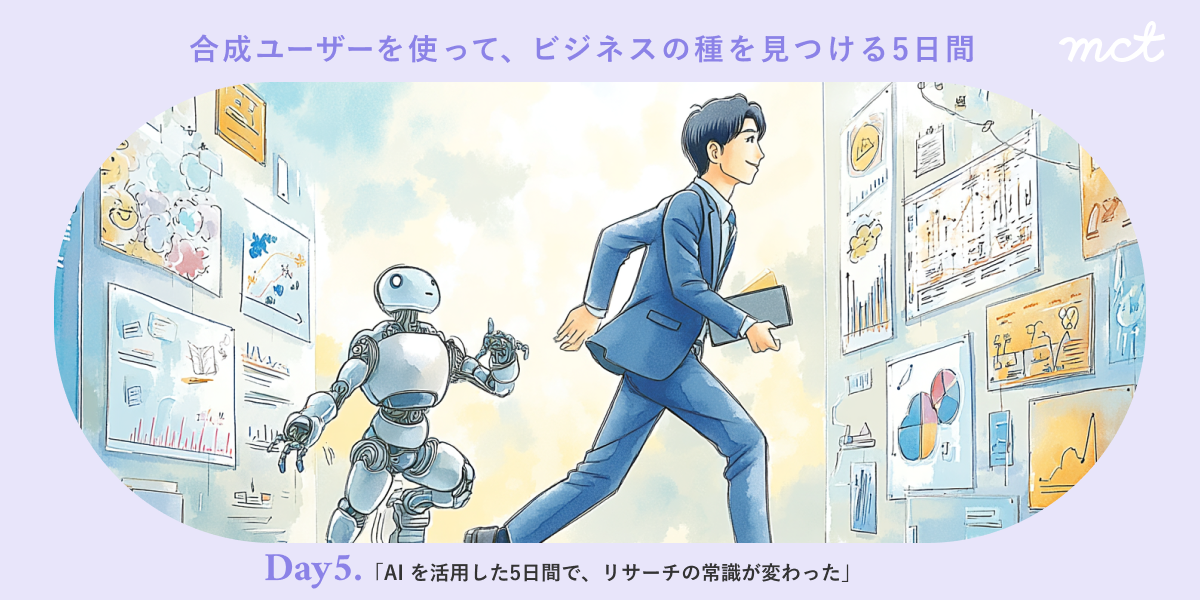2024.10.01
深く聞く Inquire Deeply
例えば、下の写真を見てください。これはベトナムのある住宅の床。あなたが同国でエスノグラフィを行っている状況だとして、この視覚情報に何か価値があると判断しますか?ご自身だったらどう判断するか、少しだけ考えてみてください。For example, would you put importance on this material below if you were to conduct ethnographic research? This is a picture of one scene in a typical home in Vietnam, please take a moment and think what you would do with it…

ベトナム出身のmctスタッフの一人に聞くと、この一番上に敷かれているものはchiếuという名の畳のような敷物で、床に敷く際は体が冷えないように絨毯(thảm)の上に敷くのだそう。マットレスのない木の台のようなベッド(đi văng)の上で寝る際もこのchiếuを敷いてから寝るそうです。幼少期から、この「草で編まれたもの」に触れながら生活することが身体的な感覚として深く染み込んでいるベトナム人。この事実は、「ベトナム人の皮膚感覚、及び、温冷への感受性」の理解を助けるインサイトだと言えるかもしれません。One of mct’s members from Vietnam said the cloth that you see on top is called “chiếu” which has similar touch with Japanese tatami, and gives warmth to your body when spread over carpet (thảm). It is also used when sleeping on a bed made of wood (đi văng)instead of using mattress. Considering ths, you can see that people in Vietnam physically grow up with “things made out of weed” through their childhood, and this might be a key insight for understanding “sense of skin or warmth for Vietnamese” .
部屋を見たとき「ベトナムでも畳が使われているんだ~」だけで終わらせない。あまり重要でなさそうな事象であっても、少し深いインタビューを行うと有益な情報が得られる場合があります。こういった少ししつこい探求の姿勢もエスノグラフィを行う際には大切かと思います。So when you look at the scene, please don't just look at it and think “yeah, Vietnamese use similar material as Japanese tatami”. If you conduct depth interviews with the people, you would be able to gain deep understanding. This kind of persistence is needed when it comes to ethnographic research.
◆グローバルエスノグラフィのお問い合わせ等はこちらまで◆
http://mctinc.hs-sites.com/global_ethnography
-

-
Takeshi Sato
株式会社mct ストラテジスト
- CX・顧客経験
- 組織デザイン
- インサイト
- グローバル
- 顧客中心
- ヘルスケア
- 患者理解
- 製薬
- サスティナビリティ
- 患者中心
- PPI
- PSP
- SDM
- ビジネスデザイン
- ペイシェント・セントリシティ
- イベント告知
- イノベーション
- デザイン思考
- 働き方
- DMN
- コ・クリエーション
- チームワーク
- セミナー
- 働き方改革
- ZMET
- エクスペリエンスデザイン
- futuredesign
- covid19
- エスノグラフィックリサーチ
- デザイン
- デザインリサーチ
- リモートコラボレーション
- ワークショップ
- 事業開発
- ソリューション
- カスタマージャーニー
- オンラインワークショップ
- ギャップファインディング
- 従業員体験
- CXマネジメント
- signal
- ブランディング
- 技術開発
- 101_design_methods
- フューチャーデザイン
- エンゲージメントデザイン
- サービスデザイン
- トレーニング
- メソッド
- シグナル
- 機会探索
- PlayfulNetwork
- マインドセット
- AI
- COM-B
- SDGs
- UIデザイン
- サーキュラーエコノミー
- フューチャー思考
- CSA Research
- UXデザイン
- mcTV
- プレイフル
- 事例
- 製品・サービス開発
- Forrester research
- フィールドワーク
- メタファー
- リフレーム
- Employeeexperience
- エフェクチュエーション
- カルチャーコード
- クルースキャン
- シグナル探索
- ビジネスデザインプログラム
- フレームワーク
- プロトタイピング
- CX4DX
- CultureMeetup
- PRO
- gamefulCX
- leadership
- mct labo
- お知らせ
- ゲームデザイン
- デザインスプリント
- トレンドリサーチ
- ビジネスモデル
- 映像編集
- MOT
- NELIS
- Remo
- インタラクションマップ
- デジタルエクスペリエンス
- デジタルツール
- バイアス
- ファシリテーション
- プロダクトジャーニー
- 学習
- LGBT
- wasedaneo
- インタビュー
- インプロ
- セルフドキュメンタリー
- デザインシステム
- デザイントレンド
- デザインマネジメント
- デジタル
- ベンチマークリサーチ
- リーダーシップ
- リーンスタートアップ
- ロードマップ
- 伴走型支援
- 創造性開発
- 動的安定性
- 反脆弱性
- 学習体験デザイン
- 市場調査
- 測定
- 用途開発
- 研修
- 経営戦略
- 調査設計
- 資本提携




